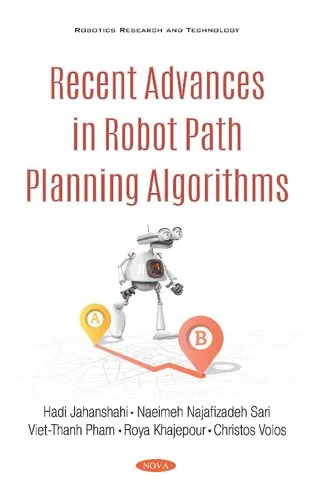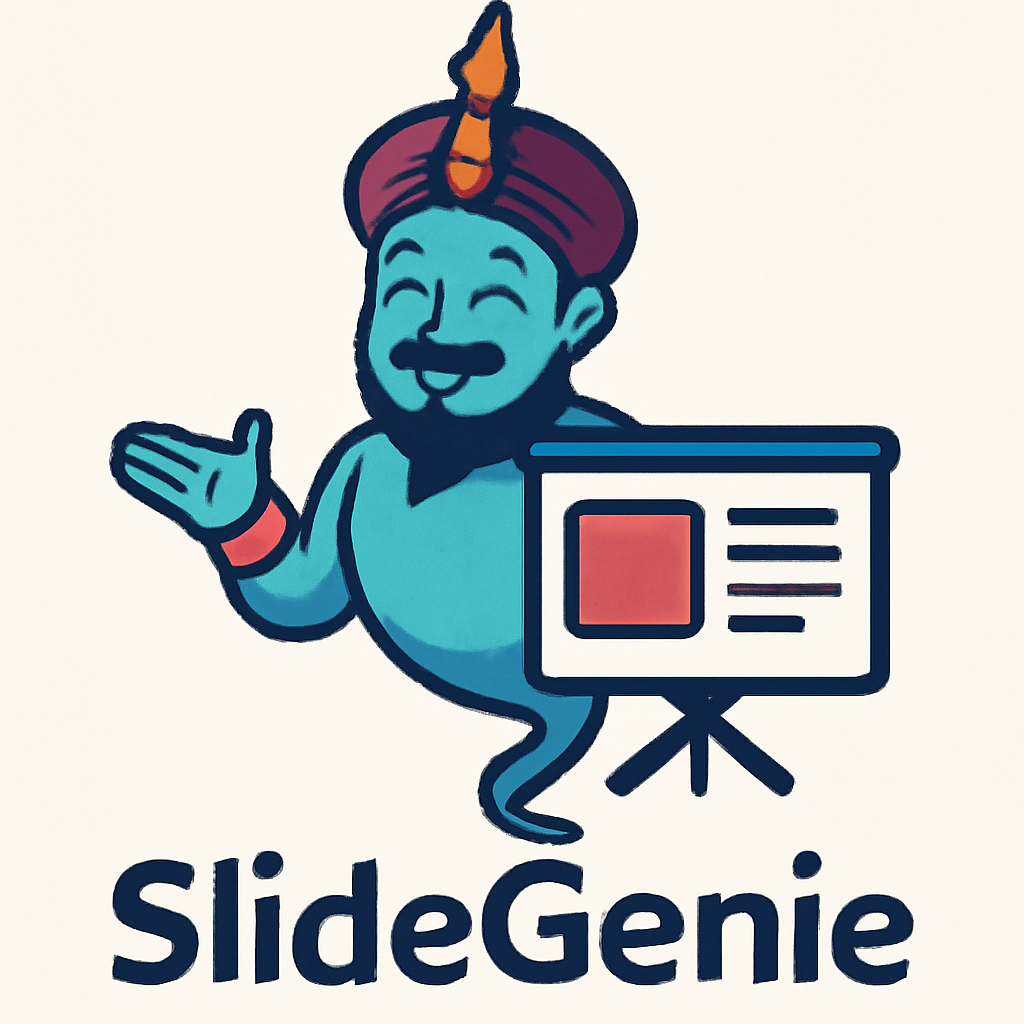Recent Advances in Robot Path Planning Algorithms: A Review of Theory and Experiment
4.5
Reviews from our users

You Can Ask your questions from this book's AI after Login
Each download or ask from book AI costs 2 points. To earn more free points, please visit the Points Guide Page and complete some valuable actions.Related Refrences:
The dominant theme of this book is to introduce the different path planning methods and present some of the most appropriate ones for robotic routing; methods that are capable of running on a variety of robots and are resistant to disturbances; being real-time, being autonomous, and the ability to identify high-risk areas and risk management are the other features that will be mentioned in the introduction of the methods. The introduction of the profound significance of the robots and delineation of the navigation and routing theme is provided in the first chapter of the book. The second chapter is concerned with the subject of routing in unknown environments. In the first part of this chapter, the family of bug algorithms including are described. In the following, several conventional methods are submitted. The last part of this chapter is dedicated to the introduction of two recently developed routing methods. In Chapter 3, routing is reviewed in the known environment in which the robot either utilizes the created maps by extraneous sources or makes use of the sensor in order to prepare the maps from the local environment. The robot path planning relying on the robot vision sensors and applicable computing hardware are concentrated in the fourth chapter. The first part of this chapter deals with routing methods supported mapping capabilities. The second part manages the routing dependent on the vision sensor, typically known as the best sensor, within the routing subject. The movement of two-dimensional robots with two or three degrees of freedom is analyzed within the third part of this chapter. In Chapter 5, the performance of a few of the foremost important routing methods initiating from the second to fourth chapters is conferred regarding the implementation in various environments. The first part of this chapter is engaged in the implementation of the algorithms Bug1, Bug2, and Distbug on the pioneering robot. In the second part, a theoretical technique is planned to boost the robot's performance in line with obstacle collision avoidance. This method, underlying the tangential escape, seeks to proceed with the robot through various obstacles with curved corners. In the third and fourth parts of this chapter, path planning in different environments is preceded in the absence and the presence of danger space. Accordingly, four approaches, named artificial fuzzy potential field, linguistic technique, Markov decision making processes, and fuzzy Markov decision making have been proposed in two following parts and enforced on the Nao humanoid robot.
Free Direct Download
You Can Download this book after Login
Accessing books through legal platforms and public libraries not only supports the rights of authors and publishers but also contributes to the sustainability of reading culture. Before downloading, please take a moment to consider these options.
Find this book on other platforms:
WorldCat helps you find books in libraries worldwide.
See ratings, reviews, and discussions on Goodreads.
Find and buy rare or used books on AbeBooks.



